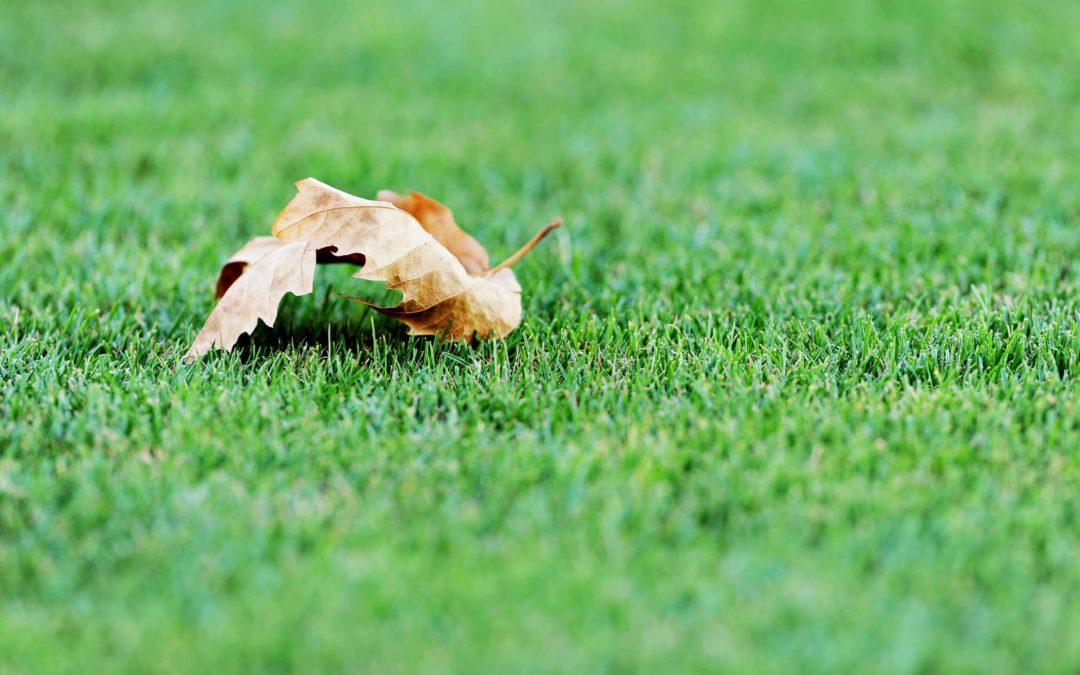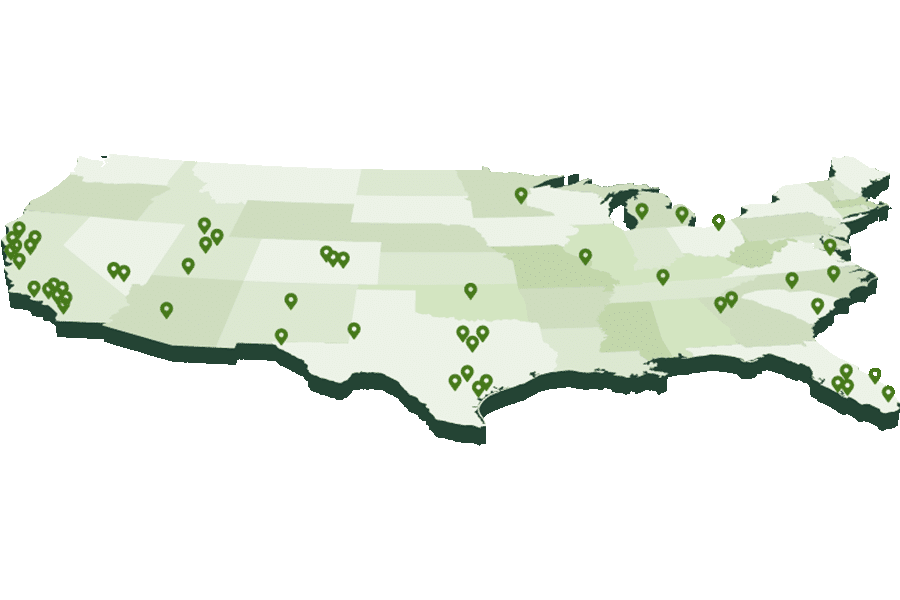One of the primary advantages of artificial turf is that it requires so much less maintenance than a natural grass lawn. Eliminating the need for a lawn mower and sprinkler system is enough to convert many homeowners into faux grass fans. However, there are still a few things you’ll want to do in order to keep your artificial turf lawn looking its absolute best.
They aren’t difficult, nor do they need to be done very often. Although buying the right supplies and equipment will make it that much easier to maintain your artificial turf yard. While it’s true you don’t need a lawnmower or sprinkler system, a leaf blower, hose, and rake or brush will come in very handy. Continue reading below and consider checking out our new “Artificial Grass Maintenance Guide” eBook for all there is to know about maintaining artificial grass!
1. Raking or Brushing
The fibers of your artificial grass yard stand upright just like natural grass, and you want to keep them that way. It takes quite a lot of traffic to flatten them, but frequent heavy activity by multiple pets or children may take a little bit of a toll, as will often walking along the same path in a yard.
Placing heavy items on the grass, such as inflatable pools, furniture or heavy flower pots will also flatten your turf fibers. Sometimes, they just start to bend over the years. Fortunately, it’s quite easy to get them back in their upright position.
You can use a rake or a brush with synthetic bristles that are at least 5 inches long. Be sure not to use wire or metal bristles, because these can damage the fibers. Simply brush or rake your turf fibers against the grain to fluff them up.
Raking or brushing your artificial grass lawn redistributes the blades so that they will wear more evenly and last longer. Keeping the fibers upright will also make your yard look more like natural grass.
2. Rinsing
The absolute best artificial turf cleaner, and the cheapest, is rain. If you live in an area where there is regular rainfall, it will do a great job of helping your yard to stay beautiful. However, not only do those living in dry regions need to give their artificial grass a little boost, there are other circumstances that might require you to get out the hose, as well.
One of the most common reasons you may need to water your faux grass is pet waste. Artificial turf is very pet friendly. In fact, artificial grass and dogs is a match made in heaven. But you do want to stay on top of waste management.
Pet urine usually just gets absorbed and drains out with rain. But if your pets always like to use the same area, rinsing it off now and then will prevent odors, discoloration and the breeding of bacteria. If a little extra help is needed, try using a 50/50 mix of white vinegar and water.
Artificial turf is very stain resistant these days, and a simple rinse will take care of most substances. If you happen to have a problem with more severe substances, such as sunscreen or grease, mineral spirits will usually take them right off. However, you do want to be very careful about protecting your artificial grass from any type of corrosive chemicals.
Never use a power washer, though, because that can harm the fibers of your artificial grass; all you need is a garden hose or a spray bottle.
3. Remove Debris
The Association of Synthetic Grass Installers warns, “organic materials, left to decompose on the surfaces, can cause havoc on an artificial grass or synthetic lawn surface; just like it would on a deck or driveway, creating a breeding ground for bugs and weeds.”
That’s why you will want to use a leaf blower to get leaves and other items off your lawn. In fact, you may want to be proactive and relocate nut or fruit trees, as well as plants and bushes that shed a lot. Feeders which attract birds or squirrels may result in a lot of droppings, so you may want to place them somewhere away from your artificial turf.
Don’t use the vacuum function of your leaf blower, because that can pull up some of the base layer materials.
Artificial turf owners who experience severe winters do not have to worry about snow damage. However, it is better to let snow and ice melt naturally whenever possible. Trying to manually remove ice that has formed around the fibers of your artificial grass will almost certainly damage them.
4. Weed Control
Don’t worry, weeds are not nearly the problem on artificial lawns as they are with natural grass. In fact, you may get so few that the easiest way to deal with them will be to pull them out by hand, as you come across them while raking or brushing your lawn. But the wind can blow seeds into your yard that rain will cause to germinate, so there is no way to completely avoid them.
If you choose to pull them out as you find them, you will want to make sure and do so before they take root. Another option is to be proactive and treat your artificial turf with weedicides every so often.
You don’t have to resort to harsh chemicals. In fact, you shouldn’t, because they could damage your fibers. Simply using a mild non-toxic weedicide will do the job nicely.
Take It Easy
These tips are to be used only when necessary. A great many homeowners don’t need to do much of anything to their artificial turf yards, except let the rain clean them off.
More information can be found in our “Tips for Maintaining Your Artificial Grass in All Seasons”, but the main thing to remember is that any foreign substances on your lawn should be promptly removed or rinsed off. Doing that, and keeping the fibers fluffed up, will keep your artificial turf yard looking natural and beautiful for years to come.





